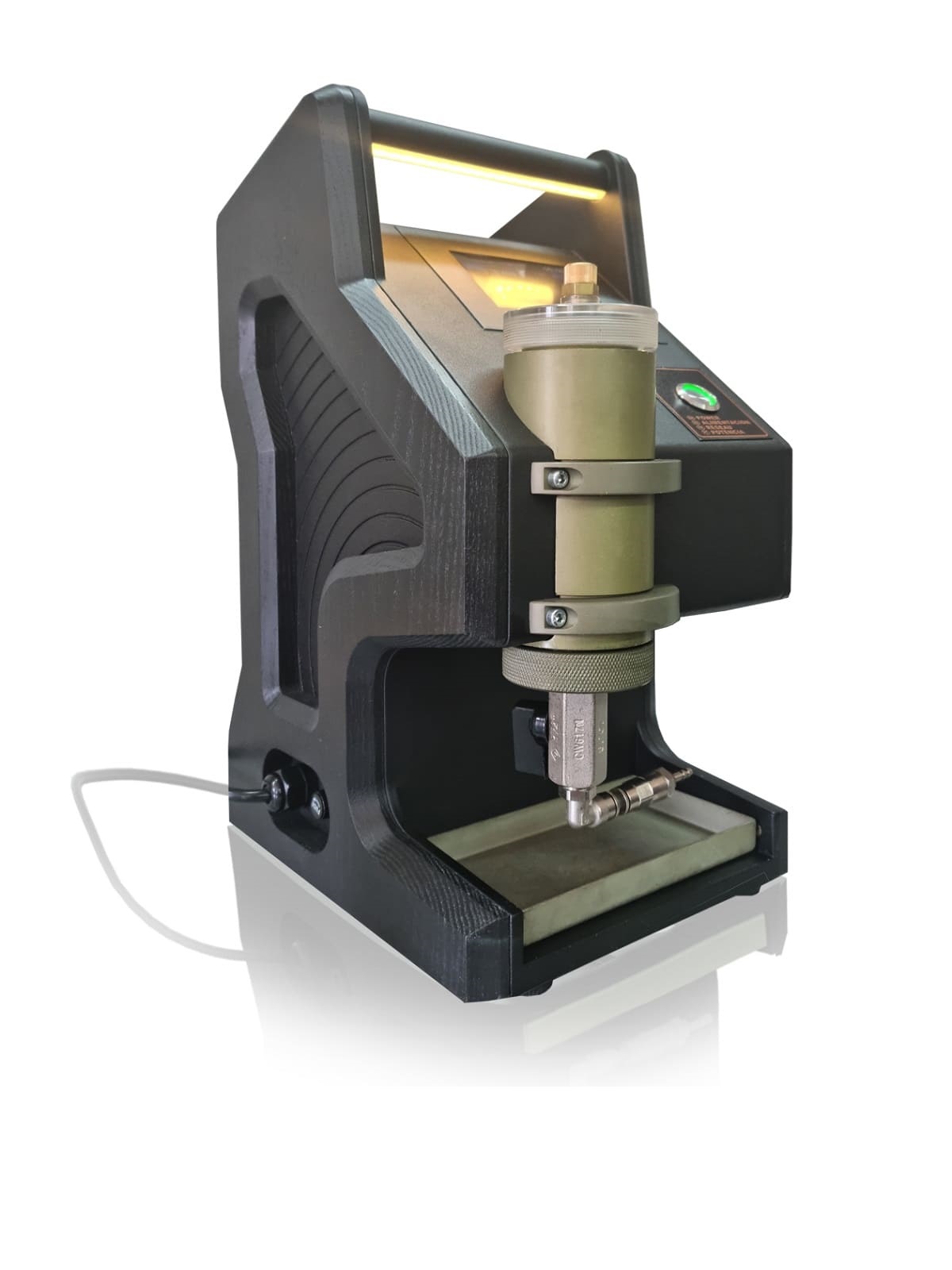The dielectric strength of transformer oil is one of the main parameters the value of which can be used to judge the quality and the current status of liquid transformer insulation. Physically, dielectric strength is the minimum electric field intensity at which electrical breakdown of a liquid dielectric occurs. Typically, the unit used to measure the dielectric strength is a volt per centimeter (V/cm). The dielectric strength of liquid dielectrics in general and transformer oil in particular has been studied and explored for more than a hundred years.
What does the dielectric strength of transformer oil depend on?
The dielectric strength of all the fresh transformer oils that have had water and other impurities removed is high — more than 210 kV/cm. It is known that the dielectric strength of fresh, completely purified oil is several times higher than that of old contaminated oil.
A decrease in the dielectric strength of transformer oil is caused by:
- presence of moisture in oil;
- presence of entrapped gas;
- presence of mechanical impurities.
Water droplets are the most dangerous impurity, because they are distributed throughout the entire volume of a liquid dielectric. When voltage is applied, there occurs polarization of water molecules which are oriented by the electric field vector direction and form chains with increased conductivity. Electrical breakdown occurs along these chains. If the volume of transformer oil contains only 0.01% of moisture, the dielectric strength immediately decreases 3 times.
The presence of gas bubbles in a liquid dielectric is dangerous due to the rapid development of ionization processes. That’s because the dielectric strength of gases is lower than that of a liquid dielectric. When entrapped gas is ionized, increased size thereof and localized oil overheating are observed. Gas channels are formed inside the oil, and electrical breakdown occurs along them.
A decrease in the dielectric strength of oils is also affected by soot, metal particles, and fragments of solid transformer insulation. Cellulose insulation fibers absorb the moisture contained in the oil, bridge oil insulating gaps, and form the channels through which a breakdown occurs.
In order to increase the dielectric strength of transformer oil, special filtration, drying, and degassing units are used.
Processes for increasing the dielectric strength of transformer oil
In the power industry, special equipment is applied to increase the dielectric strength of transformer oil. Filtration units allow removing the mechanical impurities from the oil. This kind of equipment usually contains several filters with different filtration fineness. First, the oil passes through a coarse filter and next, — through a fine filter. The number of filtration stages can be more than two.
Oil heating and exposure to vacuum are used to remove water and gases. After heating, moisture and gases evaporate from the oil surface and are removed owing to the operation of a two-stage vacuum system.
If you just need to dry the oil, units with zeolite cartridges are used. Zeolite sorbent smoothly absorbs water from the oil, and then reliably retains it in its granules.
Applying this kind of equipment individually or as a whole increases the dielectric strength of transformer oil.
Difference between dielectric strength and breakdown voltage of transformer oil
In addition to dielectric strength, there is one more essentially close parameter of transformer oil — breakdown voltage. Why have we remembered that? These two parameters are often equated. Actually, they are close, but not the same. If dielectric strength is the minimum electric field strength at which an oil breakdown occurs, then breakdown voltage is the maximum voltage that the oil can withstand before the onset of a breakdown.
The dielectric strength and breakdown voltage of insulating oil are interrelated by a single formula. In order to calculate the dielectric strength, the breakdown voltage must be divided by the dielectric thickness.
Dielectric strength test
In practice, dielectric strength test usually replaces breakdown voltage measurement. It involves the use of a high-voltage transformer, a measuring cell made from insulating material, two electrodes, and transformer oil under test. The oil is poured into the cell after which the voltage is gradually raised on the secondary winding of the transformer until a breakdown of the oil channel between the electrodes has occurred. Several measurements are taken at intervals and subsequently processed by statistical methods to obtain the final value of breakdown voltage.
Different breakdown voltage measurement standards may be applicable in different countries. But the algorithm remains the same as described above. There may be differences only in the shape of electrodes, the distance between electrodes, the intervals between adjacent measurements, etc.
Dielectric strength oil tester
As we noted above, dielectric strength test of insulating oil is not included in the list of baseline tests. As a rule, breakdown voltage measurement takes place. GlobeCore has developed TOR-80 laboratory instrument for practical solution of this problem. This is new equipment that is not inferior to equivalents in any of its specifications and outperforms them in the speed of test voltage shutoff after the onset of a breakdown. The voltage shuts off in 4 microseconds; thus, the test dielectric has no time to burn underneath and to change its chemical composition which provides equal conditions for testing.
Advantages of TOR-80 instrument:
- Automatic operation. A laboratory employee only needs to connect the instrument to the power mains, to insert the measuring cell, to fill it with oil, and to start measuring. The numerical value of the oil breakdown voltage in kilovolts will appear on the instrument display in five minutes.
- Versatility. Using TOR-80, it is possible to measure the breakdown voltage according to any of the existing standards; thus, the instrument can be used in every country of the world.
- Mobility. The instrument is lightweight, compact-sized, and supplied with built-in handles; thus, it can be easily carried from one room to another or moved inside the laboratory if necessary.
- Convenient use. The measurement results can be printed out with an integrated thermal printer, and the measurement data accumulated in the non-volatile memory of the device are transferred to a computer for further analysis and statistical processing.
- Safety. When the top cover is in “open” position, applying test voltage is blocked; thus, electric shock to laboratory staff is eliminated.
Application of TOR-80 instruments manufactured by GlobeCore allows revealing critical decreases in the breakdown voltage of transformer oil and making the right decision of oil change or purification. Timely testing and analysis of transformer oil save money and prevent the potential transformer failures associated with damage to the insulation system.


 TOR-2 Hydrogen and ...
TOR-2 Hydrogen and ... TOR-3 (TOR-3 SL) ...
TOR-3 (TOR-3 SL) ... TOR-80 (TOR-80 LSL) ...
TOR-80 (TOR-80 LSL) ...